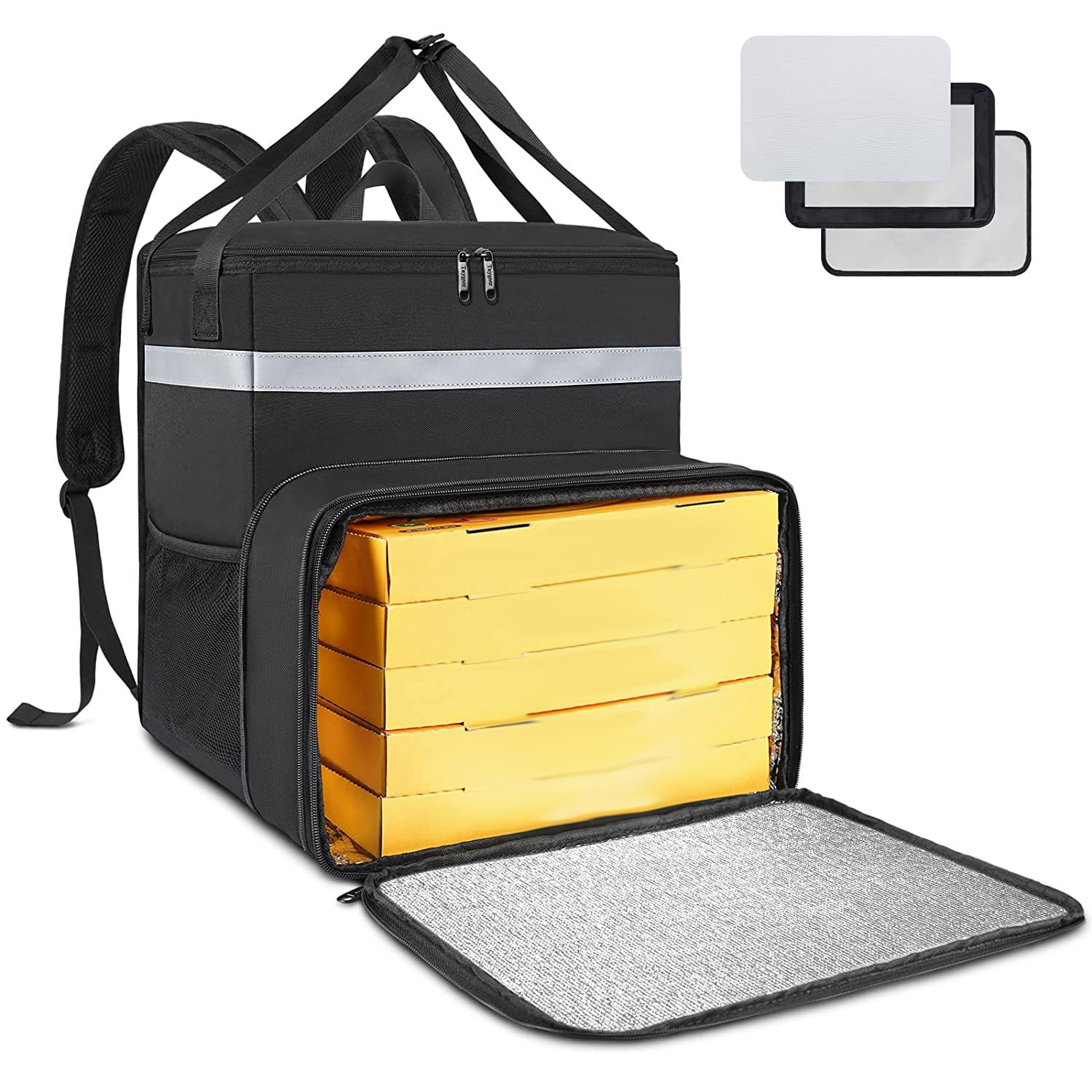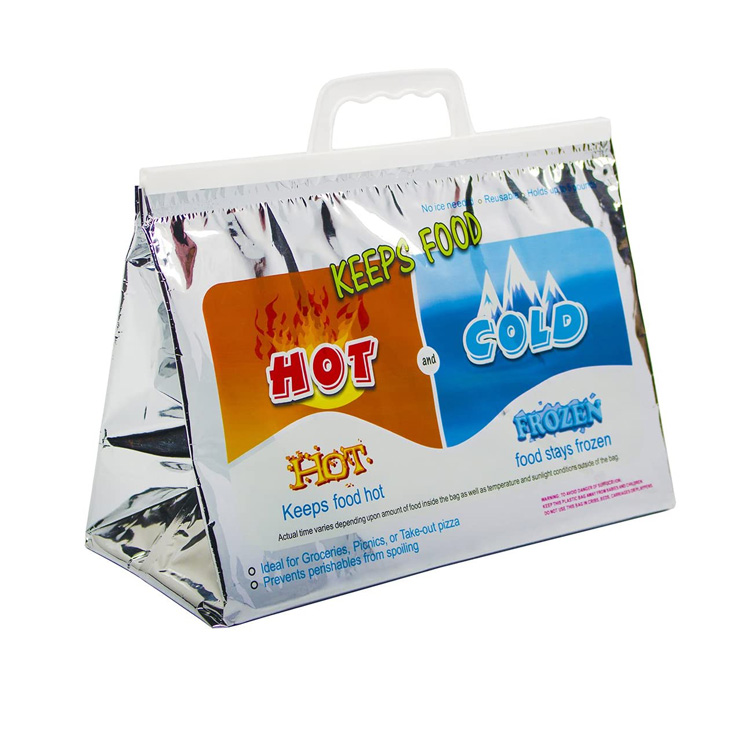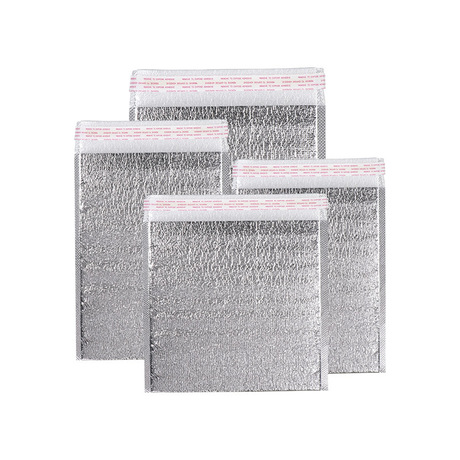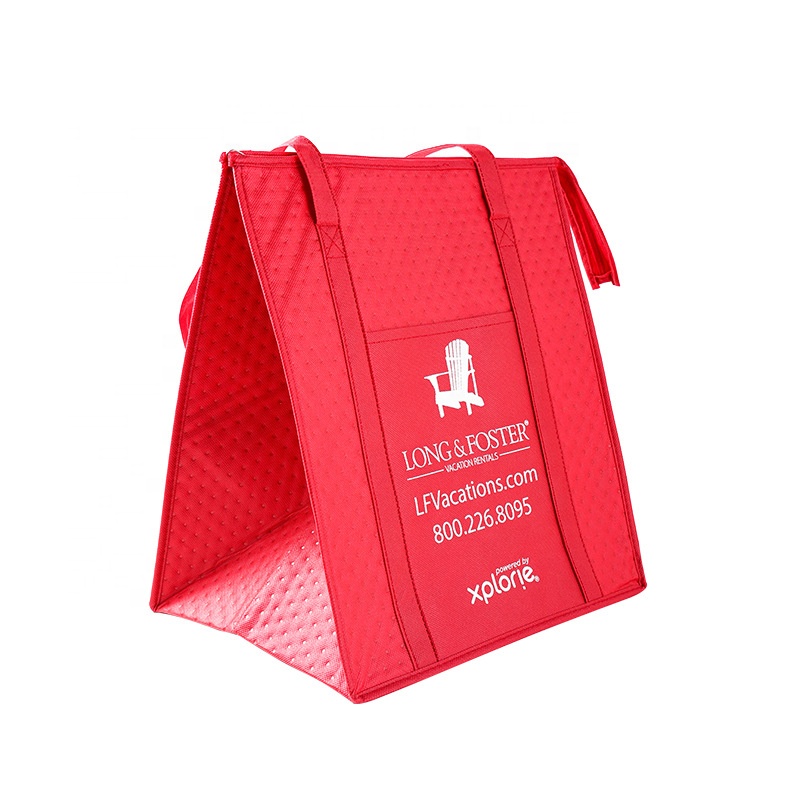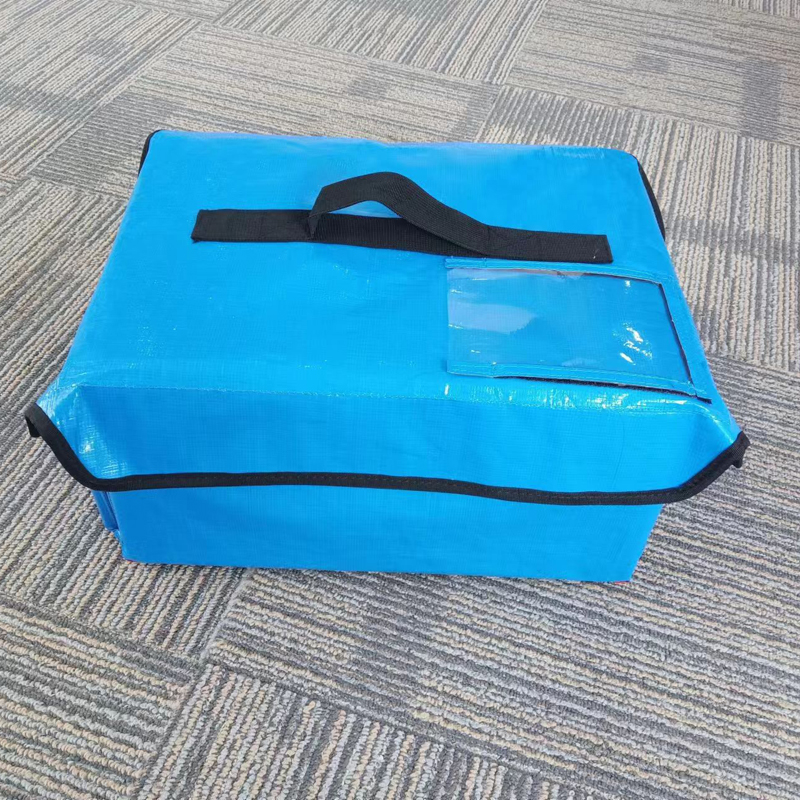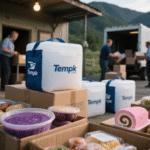Al elegir una caja de hielo o bolsa de hielo adecuada, Debe considerar múltiples factores basados en sus necesidades específicas. Aquí hay una guía detallada para ayudarlo a encontrar el producto más adecuado para usted.:
1. Determinar el propósito:
-En primer lugar, aclare cómo usará la caja de hielo y la paquete de hielo. ¿Es para uso diario? (como llevar el almuerzo), actividades al aire libre (como los picnics, cámping), o necesidades específicas (como transportar medicina)? Los diferentes usos pueden tener diferentes requisitos para el tamaño, capacidad de aislamiento, y método de transporte de la caja de hielo.

2. Tamaño y capacidad:
-Elija el tamaño apropiado según la cantidad de artículos que planea almacenar. Si generalmente solo necesita llevar algunas latas de bebidas y pequeñas porciones de comida, Una caja de hielo pequeña o mediana puede ser suficiente. Si planea tener un picnic familiar o una actividad de campamento de varios días, una gran caja de hielo sería más adecuada.
3. Eficiencia de aislamiento:
-Verifique el rendimiento de aislamiento de la caja de hielo para comprender cuánto tiempo puede proporcionar refrigeración para alimentos o bebidas. Esto es particularmente importante para actividades al aire libre a largo plazo.. Las cajas de hielo de alta calidad pueden proporcionar una protección de cadena fría más larga.
4. Material:
-Las cajas de hielo de alta calidad generalmente usan una concha sólida y materiales de aislamiento efectivos (como espuma de poliuretano). Estos materiales pueden proporcionar un mejor aislamiento y soportar el desgaste frecuente.
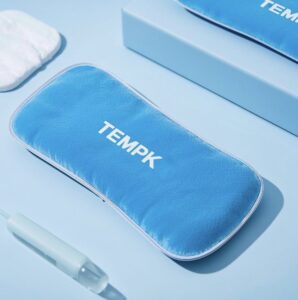
5. Portabilidad:
-Considere la conveniencia de llevar una caja de hielo. Si a menudo necesita moverse de un lugar a otro, Es posible que necesite una caja de hielo con ruedas y un mango. Mientras tanto, El peso también es un factor a considerar, especialmente cuando se llena de artículos.
6. Sellado y resistencia al agua:
-Un buen rendimiento de sellado puede evitar el intercambio de aire y mantener mejor la temperatura interna. Mientras tanto, La caja de hielo debe tener un cierto grado de resistencia al agua, Especialmente si planea usarlo en múltiples condiciones climáticas.
7. Fácil de limpiar y mantener:
-Elija una caja de hielo con una superficie interna suave que sea fácil de limpiar. Algunas cajas de hielo están diseñadas con agujeros para un fácil drenaje, que puede drenar fácilmente el agua helada derretida después de su uso.

8. Presupuesto:
-El precio de las cajas de hielo y las bolsas puede variar desde decenas hasta cientos de yuanes, principalmente determinado por tamaño, material, marca, y funciones adicionales. Basado en su presupuesto y frecuencia de uso, Invertir en productos de alta calidad generalmente demuestra un mejor valor en el uso a largo plazo.
9. Ver reseñas de usuarios y reputación de la marca:
-Antes de tomar la decisión final de comprar, Revisar las evaluaciones de otros usuarios sobre el producto puede proporcionar información práctica sobre su rendimiento y durabilidad.. Elegir una marca conocida generalmente garantiza la calidad del producto y un buen servicio al cliente.
Considerando los factores anteriores de manera integral, Puede elegir la caja de hielo o la bolsa de hielo que mejor se adapte a sus necesidades, Asegurar que los alimentos y las bebidas permanezcan frescos cuando sea necesario.
Do you know how ice packs are produced?
Producing a qualified ice pack requires careful design, selection of appropriate materials, strict manufacturing processes, and quality control. The following are typical steps for producing high-quality ice packs:

1. Design phase:
-Requirement analysis: Determine the purpose of ice packs (such as medical use, conservación de alimentos, sports injury treatment, etc.), and select appropriate sizes, shapes, and cooling times based on different application scenarios.
-Material selection: Choose appropriate materials to meet the functional and safety requirements of the product. The selection of materials will affect the insulation efficiency, durabilidad, and safety of ice packs.
2. Material selection:
-Shell material: Durable, impermeable, and food safe materials such as polyethylene, nylon, or PVC are usually chosen.
-Filler: select appropriate gel or liquid according to the use requirements of the ice bag. Common gel ingredients include polymers (such as polyacrylamide) and water, and sometimes antifreeze agents such as propylene glycol and preservatives are added.
3. Manufacturing process:
-Ice bag shell manufacturing: The shell of an ice bag is made through blow molding or heat sealing technology. Blow molding is suitable for the production of complex shapes, while heat sealing is used to make simple flat bags.
-Filling: fill the premixed gel into the ice bag shell under sterile conditions. Ensure that the filling amount is appropriate to avoid excessive expansion or leakage.
-Caza de focas: use heat sealing technology to ensure the tightness of the ice bag and prevent gel leakage.
4. Testing and quality control:
-Performance testing: Conduct cooling efficiency testing to ensure that the ice pack achieves the expected insulation performance.
-Leakage test: Check each batch of samples to ensure that the sealing of the ice bag is complete and leak free.
-Durability testing: Repeated use and mechanical strength testing of ice packs to simulate conditions that may be encountered during long-term use.
5. Packaging and labeling:
-Embalaje: Properly package according to product requirements to protect the integrity of the product during transportation and sales.
-Identification: Indicate important information on the product, such as instructions for use, ingredients, production date, and scope of application.
6. Logistics and Distribution:
-According to market demand, arrange product storage and logistics to ensure that the product remains in good condition before reaching the end user.
The entire production process must comply with relevant safety and environmental standards to ensure product competitiveness in the market and safe use by consumers.







